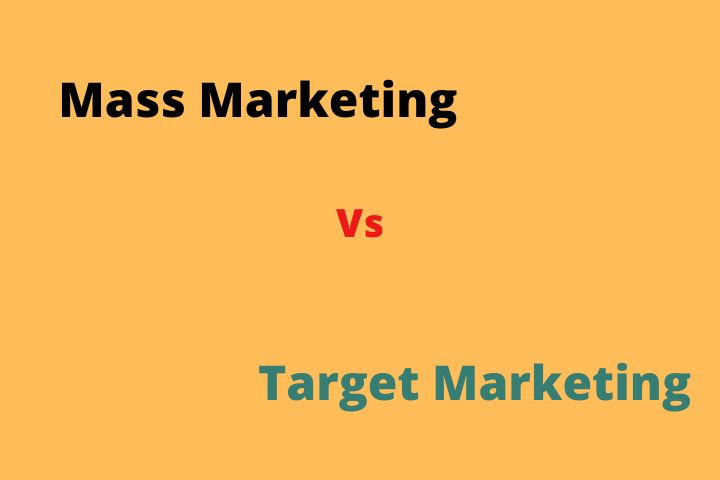Mass Marketing Vs Target Marketing : I once read a good article on product differentiation and market segmentation as alternative marketing strategies, comparing the company that offered a variety of products with the company that designed products for specific market segments. Market segmentation held that every market consists of groups of consumers with similar wants and needs .
We can see the case of toothpaste buyers, as some seek mainly protection against cavities, others better breath and others whiter teeth. So it’s no surprise that different brands promote one benefit or another, hoping to become the brand of choice for their target segment.
Eighty years ago, General Motors succeeded Ford to become the largest automaker in the United States as a result of its recognition of the importance of segmentation.
Whereas good old Henry Ford had offered his customers “any colour as long as it’s black,” GM adopted a strategy of designing and offering a vehicle for every pocket, every purpose, and every personality.
Between 1920 and 1923 Ford’s share of the market fell from 55 to 12%.Posts to fragment the market three types are recognized , segment level, niche level and cell level.
Table of Contents
Segment Level
When customers are looking for similar benefits, for example a low price (benefit segmentation) or buying in a certain area (demographic segmentation) and so on, depending on how we want to argue.
Niche Level
It typically differentiates into smaller groups of consumers who have more defined needs or unique combinations of needs. This level highly satisfies the needs of the customer as it is much more focused, one example may be a niche looking for very expensive competition type cars like Ferrari, another has a niche looking for less expensive cars a little less fast but nevertheless powerful like Porsche, another niche looking for a more conventional car with sporty performance like a BMW, and yet another niche looking for a car that looks sporty but doesn’t have as much performance as a Ford.
Cell Level
Companies seek to identify even smaller groups of consumers, who share some characteristics that provide market opportunities, these groups are detected through consumer databases with information on demographics, past purchases, preferences and other characteristics.
This division of the market requires a great effort, but if the previous work is well done, it can achieve great benefits since it is going to the almost individual need of a consumer.
